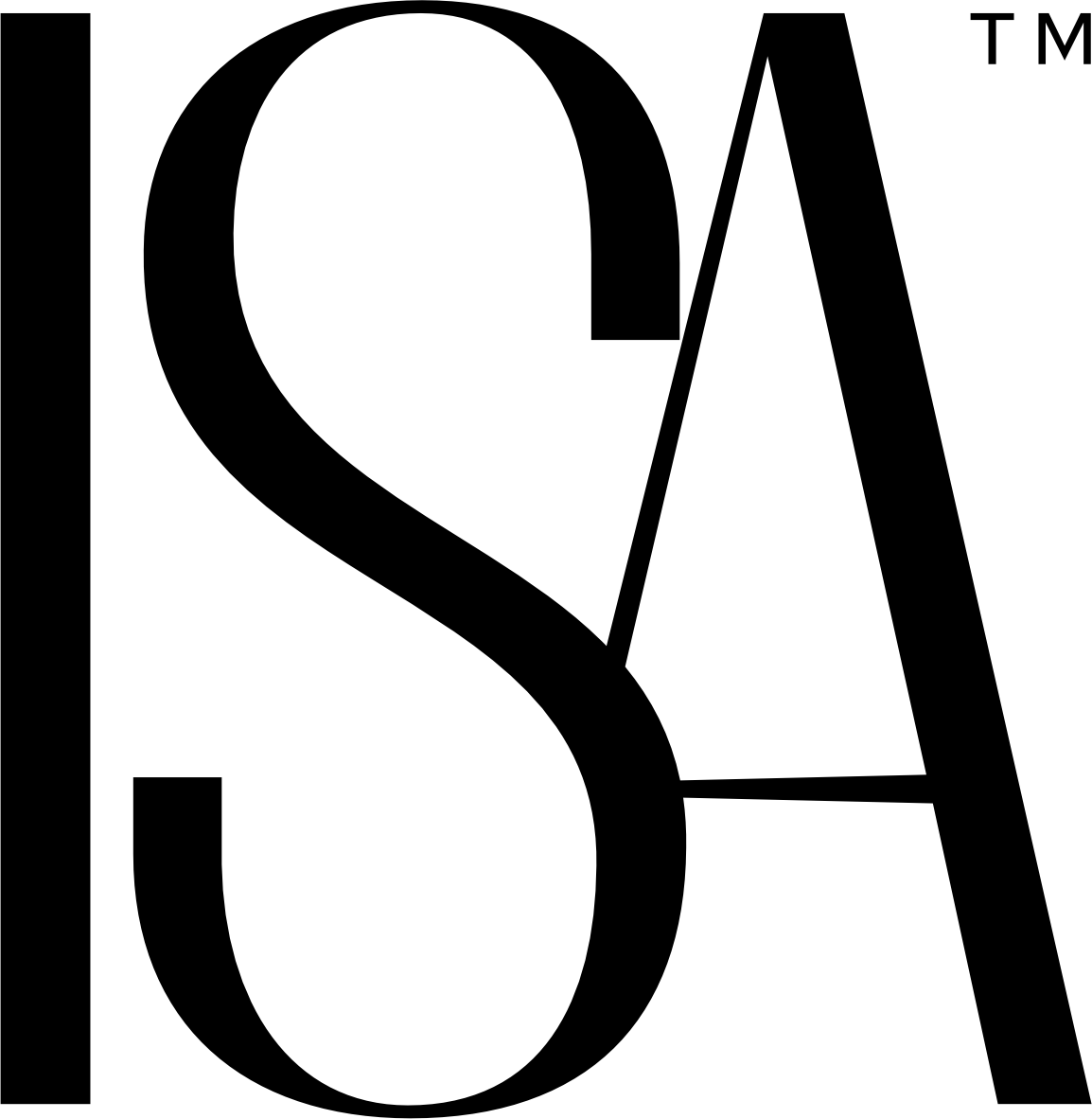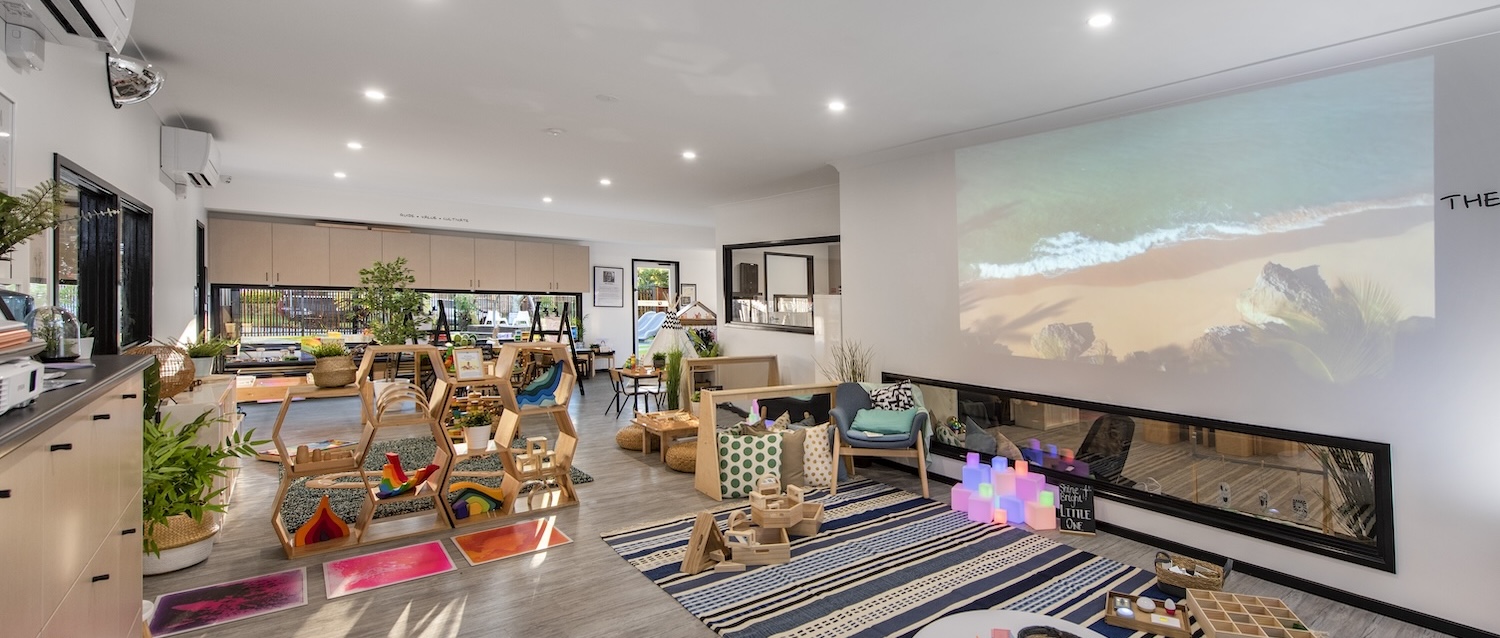

 Note: This blog was written prior to ISA™ becoming a registered architectural firm on June 18, 2025. ISA now provides fully registered architectural services across all projects.
Note: This blog was written prior to ISA™ becoming a registered architectural firm on June 18, 2025. ISA now provides fully registered architectural services across all projects.Designing a childcare centre in Brisbane is no small feat. It requires a deep understanding of children’s needs, local and national legislations and regulations, and the expectations of parents. From safety features to playground facilities and food services, every detail matters to create a nurturing environment for little ones to aid their development. Here’s a guide to help you plan and design a childcare centre that ticks all the boxes.
Childcare centres must comply with the National Quality Framework (NQF) and Queensland’s specific safety standards. This includes, but is not limited to, emergency exits, fire safety equipment, and secure premises.
Install soft-close doors, lockable cabinets, rounded furniture edges, soft fall and impact attenuation pads to prevent injuries.
Include CCTV and secure entry points to ensure children’s safety at all times.
Incorporate easy-to-clean surfaces and hands-free sanitiser stations to maintain high hygiene standards.
Use soft fall materials for playground flooring and ensure equipment meets Australian Standards (AS 4685).
Separate play areas for toddlers and older children to ensure the equipment and activities suit different age groups.
Brisbane’s sun can be intense, so provide adequate shading with sails or natural tree coverage.
Include sensory play equipment, sandpits, water play areas, and climbing structures to encourage creativity and physical activity.
Designate a separate kitchen area for food preparation, equipped with child-safety locks and professional-grade appliances.
Create protocols for managing food allergies, such as separate preparation zones for allergen-free meals.
Design dining spaces that encourage positive eating habits, with furniture at child-friendly heights.
Follow Brisbane’s food safety regulations, including proper refrigeration, storage, and waste management.
Create versatile spaces for group activities, quiet reading corners, and individual exploration.
Design nap zones with soft lighting, comfortable bedding, and temperature control to ensure restful sleep.
Include tools for digital learning, but balance this with hands-on activities to promote holistic development.
Secure premises, child-proofed interiors, and compliance with local regulations.
Age-appropriate equipment, shaded areas, and sensory play zones.
Child-safe food preparation and allergen-friendly setups.
Rooms that cater to both structured lessons and creative exploration.
Comfortable drop-off areas and clear communication hubs for parents.
Brisbane childcare centres must comply with local and national safety and design standards, including fire safety, secure fencing, child-proof furniture, and proper hygiene protocols.
Set up allergen-free preparation zones in the kitchen, train staff on allergy management, and communicate openly with parents about food options.
Soft fall materials, such as rubber or synthetic grass, are ideal for playgrounds to cushion falls and reduce injuries.
Ensuring maximum heights for play equipment are not exceeded.
Use of Impact Attenuation Pads around slides, climbing elements, etc.
Use vertical gardens, compact play structures, and multi-functional equipment to make the most of limited outdoor areas.
Yes, Queensland has strict food safety guidelines. Ensure your kitchen adheres to these, with proper storage, preparation areas, and regular hygiene checks.
Work with architects and designers experienced in childcare facilities to ensure compliance and functionality.
Use eco-friendly materials, energy-efficient lighting, and natural ventilation to reduce environmental impact.
Plan for future expansions or changes in regulations to save costs later.
Collect feedback from parents to create a centre that meets community needs.
Always prioritise the comfort, safety, and happiness of the children in every design decision.
Designing a childcare centre in Brisbane is a rewarding challenge that requires a balance of creativity, practicality, and compliance. By focusing on safety, engaging playgrounds, and functional food services, you can create a space where children thrive, parents feel confident, and your staff works efficiently. Plan with purpose, and your childcare centre will become a valued cornerstone of your community.